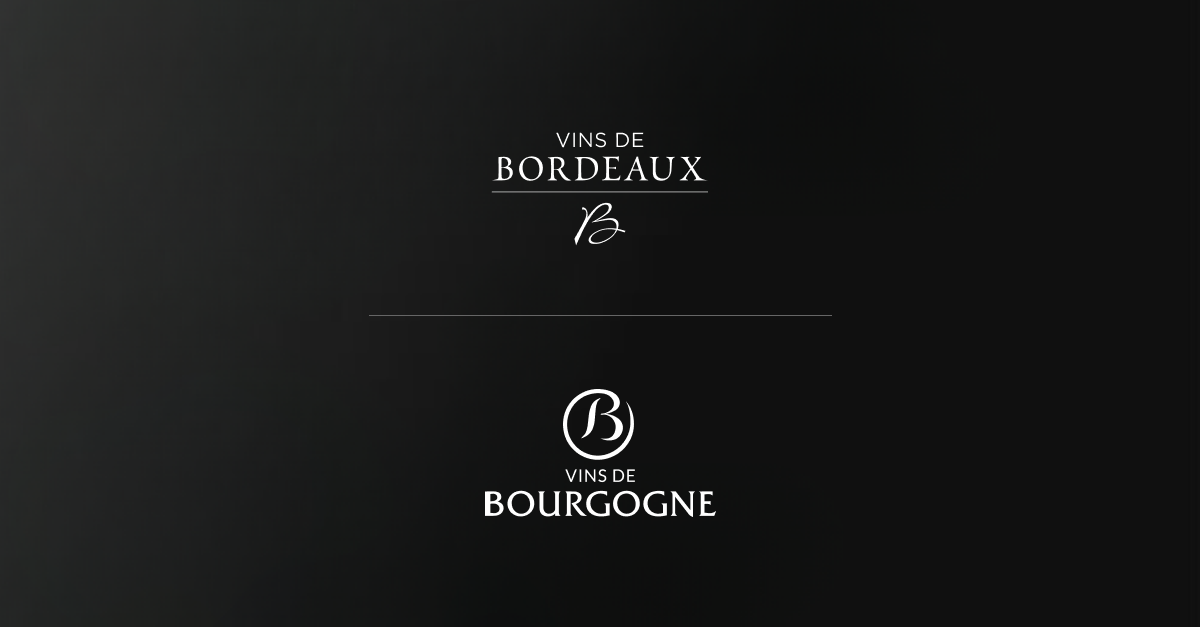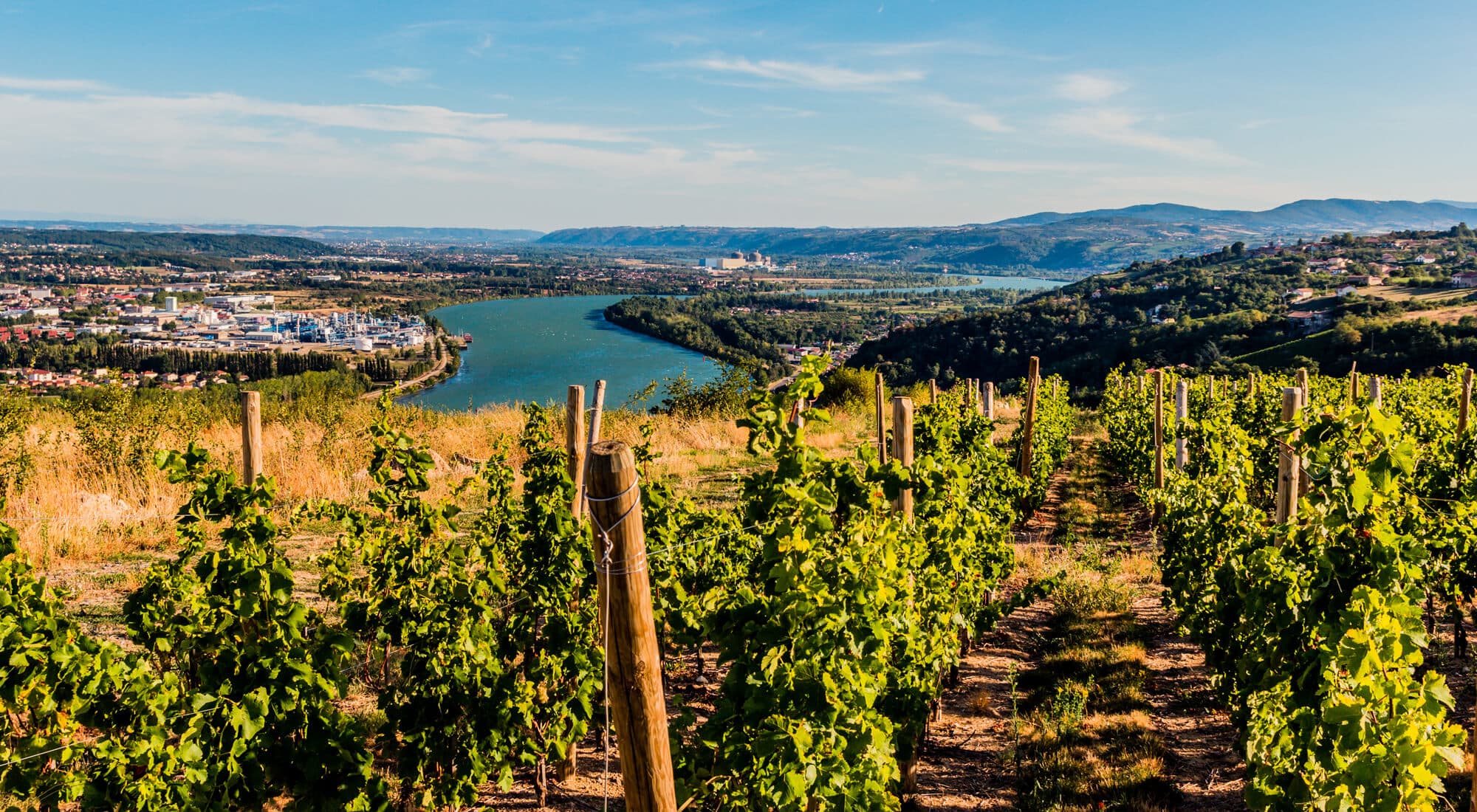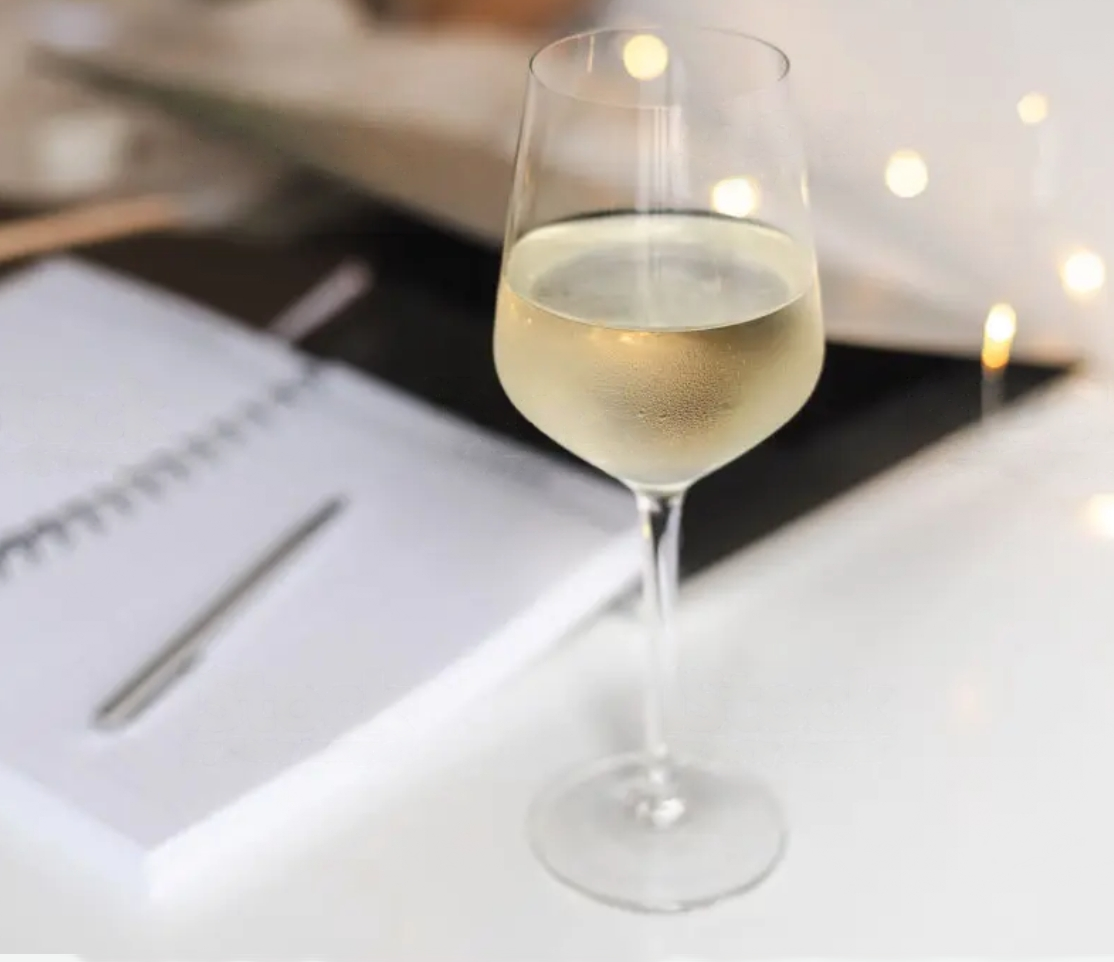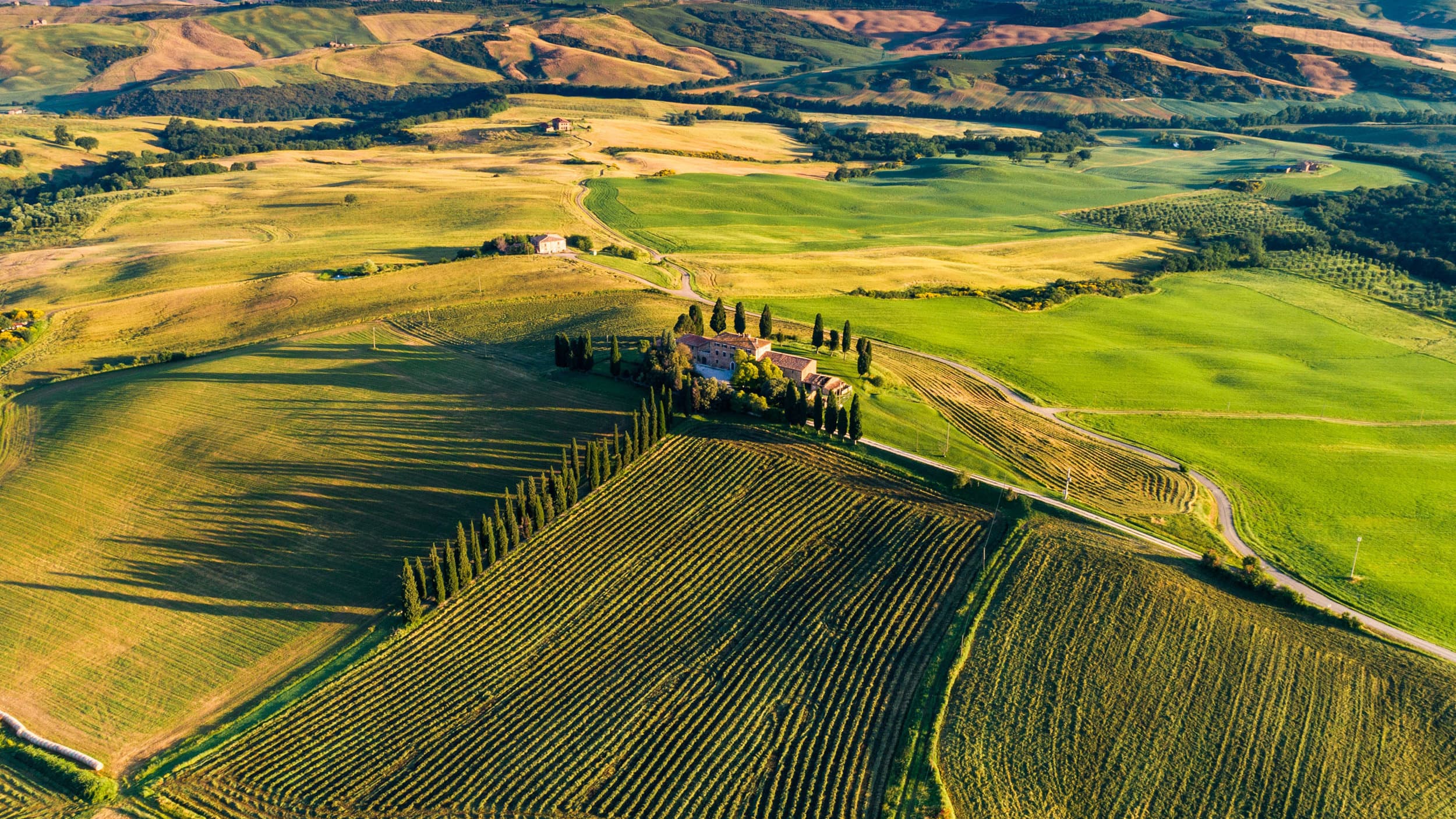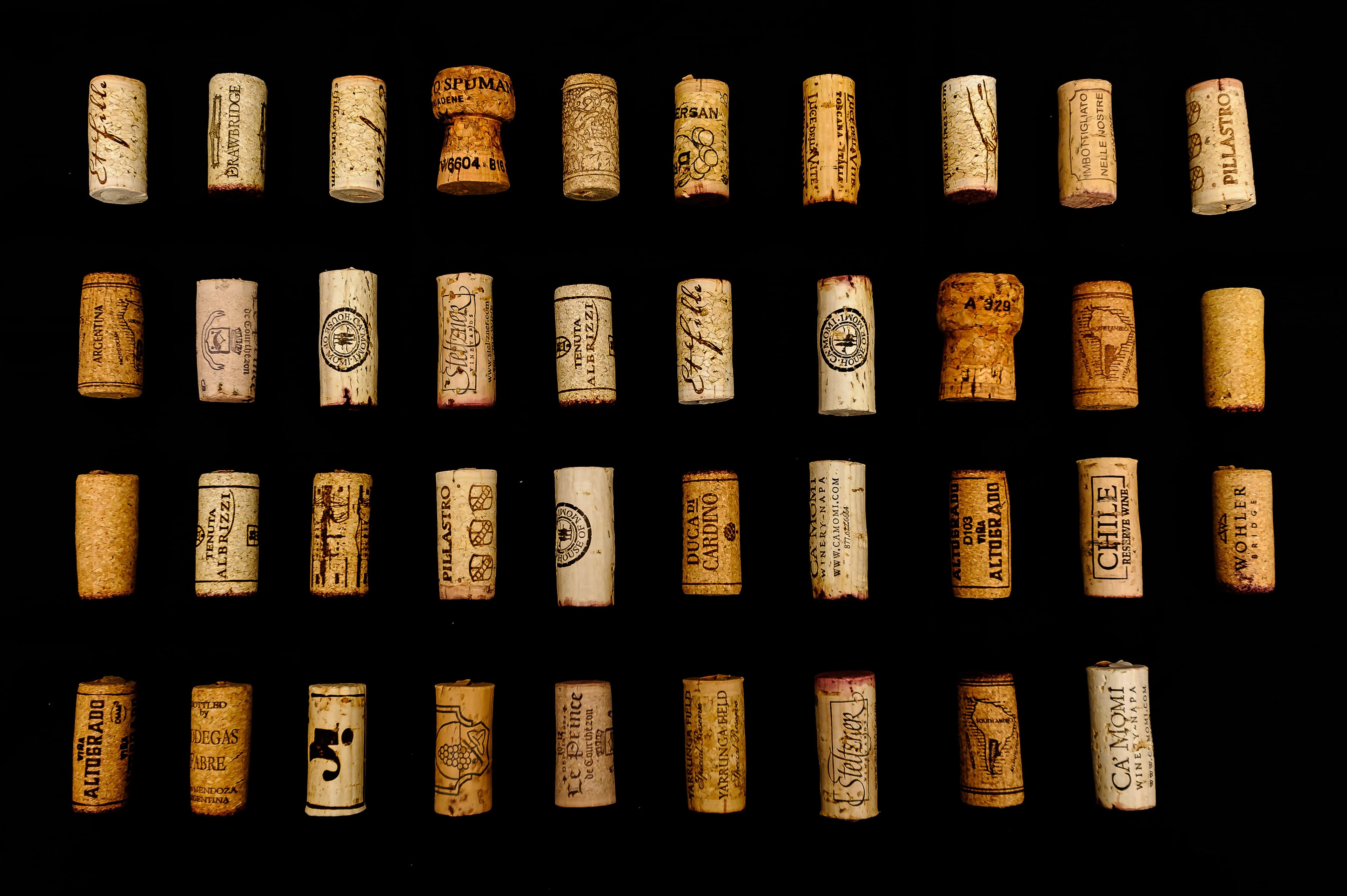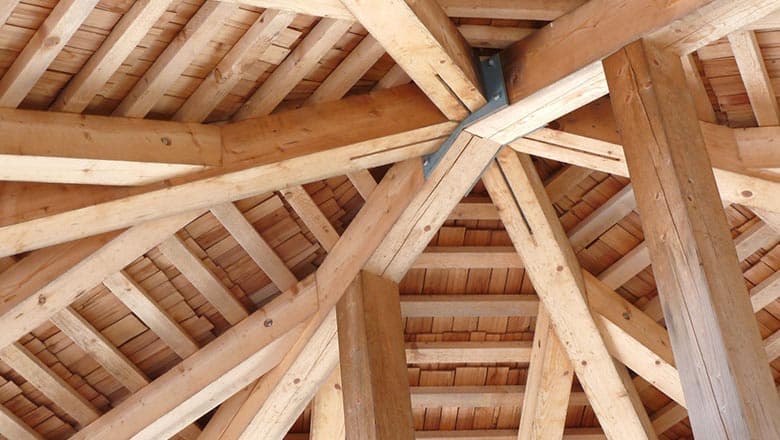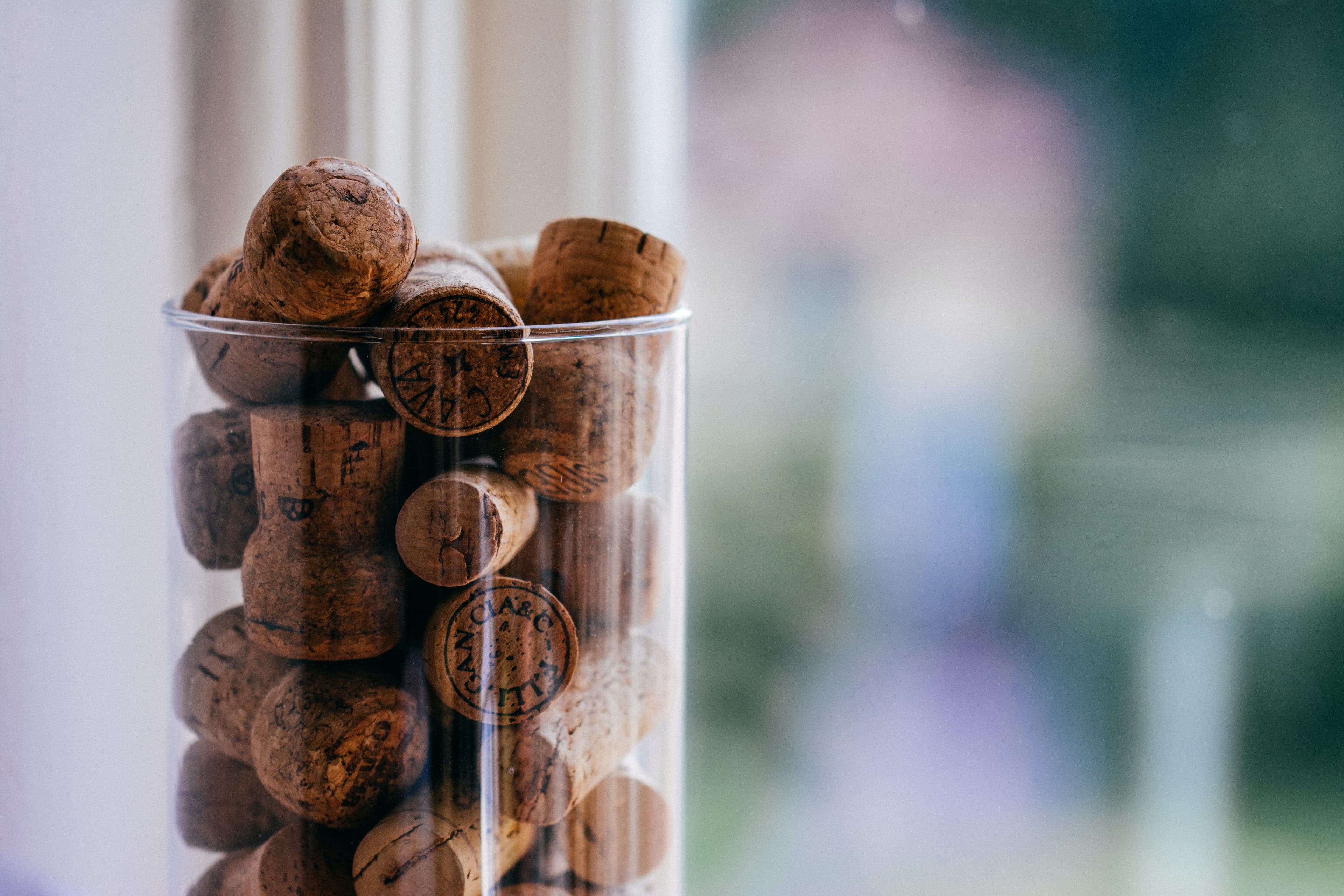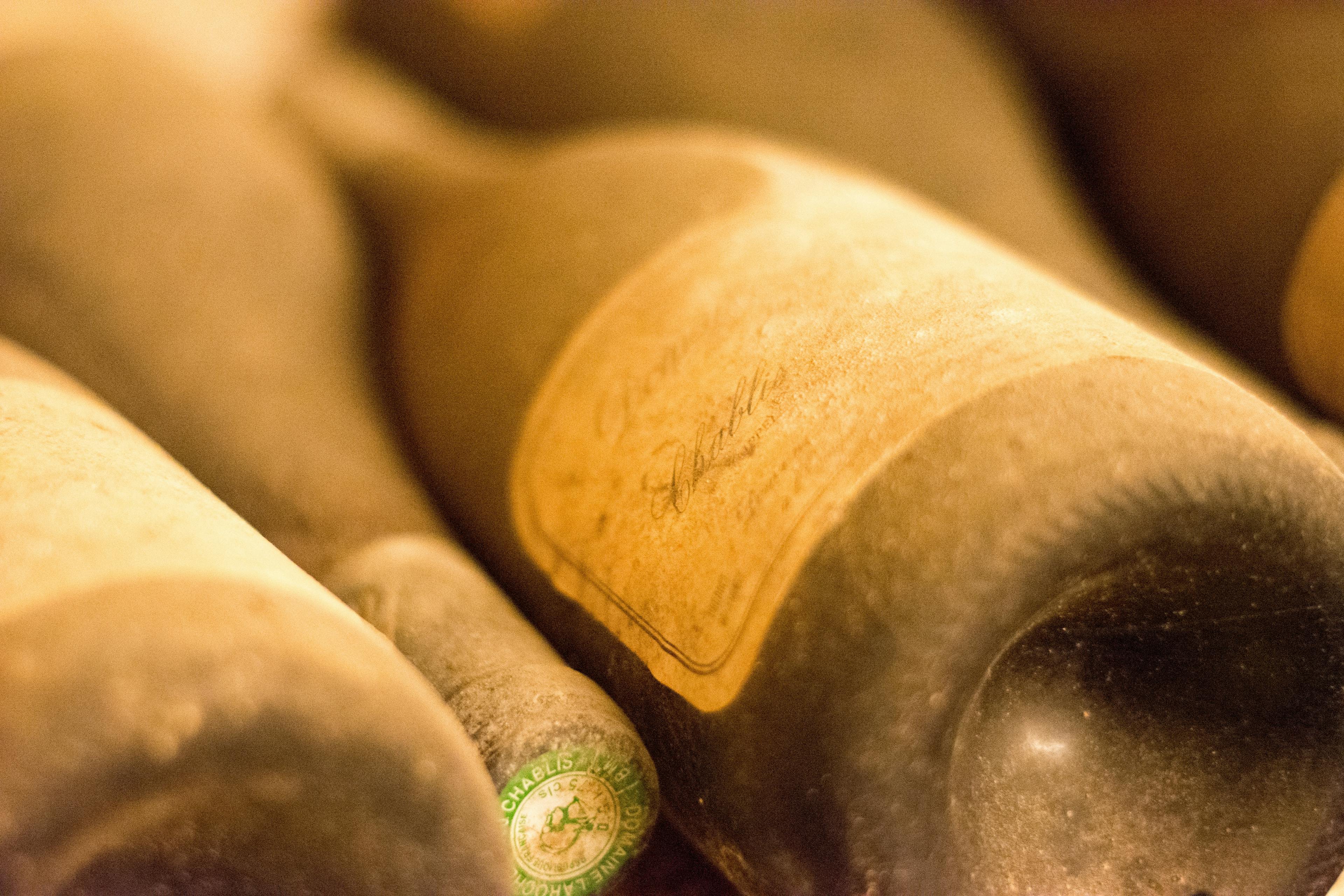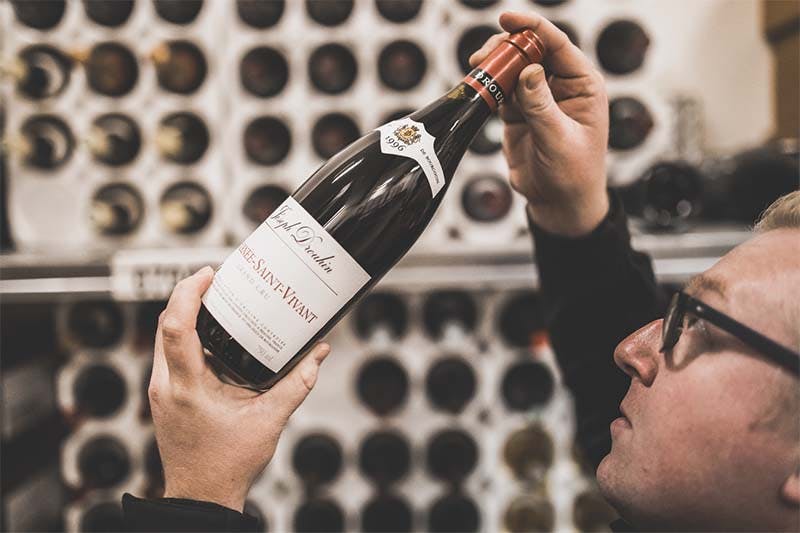
Storing fine wines like Chateau Climens requires specific conditions to maintain their exquisite quality and taste. Proper storage is crucial for preserving the wine's integrity and ensuring it ages gracefully. Factors such as temperature, humidity, light exposure, and positioning all play pivotal roles in the storage process. In this article, we'll explore the essential guidelines and tips for keeping your Chateau Climens in the best possible condition, ensuring that each bottle remains a delightful experience for years to come.
Ideal Temperature and Humidity for Storage
Storing Chateau Climens in the right conditions is crucial to preserving its quality and enhancing its aging potential. The ideal temperature for storage should consistently be around 12-14°C (53-57°F). This range helps in slowing down the aging process, ensuring that the wine develops its flavors and aroma gradually. Fluctuations in temperature can lead to premature aging or spoilage, so stability is key.
Humidity also plays a significant role in the proper storage of wine. A humidity level of about 60-70% is recommended. This prevents the corks from drying out, which might allow air into the bottle and spoil the wine. Conversely, too much moisture can promote mold growth, which could damage the labels and affect the wine's integrity.
For those interested in the detailed craftsmanship that goes into producing Chateau Climens, maintaining these storage conditions is essential. It ensures that the effort put into each bottle is preserved until it's ready to be enjoyed. Here are a few additional tips for optimal storage:
Keep the bottles in a dark place to avoid light exposure, which can degrade the quality.
Ensure the storage area is free from vibrations, as constant movement can disturb the sediment in the wine.
Light Exposure: Protecting Chateau Climens from UV Rays
Exposure to light, particularly UV rays, can significantly degrade the quality of Chateau Climens by accelerating the aging process and affecting the wine's flavors and aromas. To ensure your Chateau Climens remains in pristine condition, it is crucial to store it in a dark environment. UV filters on light fixtures or storing bottles in boxes or cabinets can effectively shield them from harmful rays.
Additionally, maintaining a consistent storage temperature is vital. Fluctuations can cause the wine to expand and contract, potentially compromising the seal of the cork and allowing air to enter the bottle. A temperature-controlled wine cellar or cooler set between 12°C and 14°C is ideal for long-term storage.
Humidity also plays a role in preserving Chateau Climens. Conditions too dry may dry out the cork, while excessive moisture can promote mold growth. Aim for a humidity level around 70% to keep the cork in optimal condition.
For those looking to enjoy Chateau Climens at its best, exploring food pairings that complement its unique characteristics can enhance the tasting experience.
Positioning: How to Orient the Bottles
When storing Chateau Climens, the orientation of the bottles is crucial for maintaining the wine's quality over time. Ideally, bottles should be positioned horizontally. This placement ensures that the cork remains in contact with the wine, keeping it moist and preventing it from drying out. A dry cork can lead to air seeping into the bottle, which might spoil the wine by oxidation.
Additionally, ensure that the storage area is stable, without any vibrations. Frequent movements or shakes can disturb sediments in the wine, potentially affecting its natural aging process and flavor profile. It's also beneficial to keep the bottles in a dark environment, as prolonged exposure to light can degrade the quality of the wine.
For those looking to serve Chateau Climens at its best, paying attention to these storage details will enhance the tasting experience. Here are a few key points to remember:
Keep bottles horizontal to maintain cork moisture.
Avoid vibrations to protect the wine's clarity and sediment.
Store in a dark place to prevent light-induced damage.
Choosing the Right Wine Storage Solutions
When selecting the ideal wine storage solutions for Chateau Climens, several factors must be considered to preserve its delicate taste. The environment plays a crucial role in maintaining the quality and longevity of this prestigious wine. Here are some key considerations:
Temperature Control: Consistent temperatures between 12°C and 14°C are essential. Fluctuations can accelerate aging and affect the wine's balance.
Humidity Levels: Aim for a humidity level around 70%. This prevents corks from drying out, which might allow air into the bottle and spoil the wine.
Light Exposure: Store bottles in a dark place as light can degrade the quality of wine over time, particularly UV rays which can lead to premature aging.
Vibration Minimization: Ensure the storage area is free from vibrations. Constant movement can disturb sediments in the wine, potentially altering its structure and clarity.
Proper Shelving: Invest in quality wine racks that keep bottles horizontal. This keeps the cork moist and swollen, ensuring a tight seal.
By carefully considering these aspects, you can create an optimal environment that helps preserve the integrity and character of Chateau Climens.
The Impact of Vibration on Wine Aging
Vibration can significantly affect the aging process of wine, including prestigious bottles like Chateau Climens. When wine is stored, it should be kept in a stable environment because constant movement can disrupt the sediment in the bottle. This disruption can lead to chemical reactions that might alter the flavor and aroma of the wine adversely.
For wines with a rich history, such as Chateau Climens, collectors and enthusiasts often go to great lengths to ensure optimal storage conditions. Here are some key considerations to minimize vibration:
Location: Choose a storage area that is not subject to frequent movements. Basements are often ideal, provided they are not adjacent to heavy machinery or high traffic areas.
Shelving: Invest in quality wine racks that dampen vibrations. These specialized racks can provide a buffer against minor shakes that occur from nearby activities.
Isolation: Consider isolating the storage unit from the ground using anti-vibration mounts or pads, which can absorb and minimize the impact of vibrations.
By understanding and mitigating the impact of vibration, you can preserve the integrity and taste of valuable wines like Chateau Climens for years to come.
Long-Term vs. Short-Term Storage Strategies
When considering the storage of Chateau Climens, it's crucial to distinguish between long-term and short-term strategies. Each approach has its own set of requirements and benefits, tailored to preserve the unique characteristics of this Bordeaux wine.
For short-term storage, the focus is on maintaining the wine in a ready-to-drink condition. This involves:
Keeping the bottles in a cool, dark place to prevent light degradation.
Ensuring the temperature remains consistent, ideally between 12°C and 15°C.
Limiting vibrations and disturbances, which can accelerate chemical reactions in the wine.
In contrast, long-term storage is aimed at aging the wine to enhance its complexity and depth. This requires:
A slightly cooler environment, ideally around 10°C to 12°C, to slow aging processes.
Higher humidity levels, around 70%, to keep corks from drying out and letting air into the bottles.
Orientation of the bottles on their sides to ensure the corks remain moist and swollen, further preventing oxidation.
Both strategies demand careful consideration of environmental factors to safeguard the wine’s quality and longevity.
When to Decant Stored Wine Before Serving
Decanting stored wine, particularly a sophisticated variety like Chateau Climens, is an essential step to enhance its flavor and aroma before serving. The decision on when to decant depends largely on the wine's age and character. Older wines generally require a delicate approach due to sediment buildup, which can affect the clarity and taste. Decanting these about 30 minutes before serving is advisable to prevent the sediment from being poured into the glass.
For younger wines, which are typically more robust and less sedimented, decanting can be done up to two hours before serving. This allows the wine to breathe, unlocking more complex flavors and softening tannins. Here are some practical tips to optimize the decanting process:
Ensure the decanter is clean and free from any odors that could transfer to the wine.
Pour slowly to minimize exposure to oxygen, which can accelerate oxidation.
Monitor the wine's development by tasting it periodically during the decanting process.
For more detailed information, consider exploring facts about Chateau Climens, which can provide deeper insights into its unique properties and optimal serving techniques.
Monitoring Your Storage Conditions
Monitoring the storage conditions of Chateau Climens is crucial to maintain its quality and ensure its longevity. Proper storage involves several key factors that must be consistently managed to protect your wine investment.
Temperature Control: Wine should be stored at a constant temperature, ideally between 50-57 degrees Fahrenheit. Fluctuations can cause the wine to expand and contract, potentially damaging the cork and allowing air to enter the bottle.
Humidity Levels: Aim for a humidity level around 70%. This prevents the cork from drying out and minimizes the risk of oxidation.
Light Exposure: Keep bottles in a dark environment. Exposure to light, especially ultraviolet light, can degrade the quality of wine over time.
Vibration Minimization: Avoid storing wine in places with frequent vibrations, such as near washing machines or heavy traffic areas. Vibrations can disturb the sediment in wine, disrupting its natural aging process.
By carefully monitoring these conditions, you are not just storing wine; you are enjoying the process of preserving its character and complexity for future enjoyment.
Insurance and Security for High-Value Bottles
When storing high-value bottles like Chateau Climens, ensuring both insurance and security measures are in place is crucial. Insurance protects against potential financial losses due to unforeseen events such as theft, natural disasters, or accidental damage. It's advisable to seek a policy that covers the full value of your collection, including any popular vintages that may appreciate over time.
For security, consider the following strategies:
Temperature-Controlled Environment: Store bottles in a climate-controlled space to prevent spoilage due to heat, cold, or humidity fluctuations.
Secure Storage Units: Invest in lockable wine cabinets or a wine cellar with restricted access to keep your collection safe from unauthorized handling.
Surveillance Systems: Installing cameras and alarm systems can deter potential thieves and provide evidence in case of a security breach.
Inventory Management: Keep a detailed record of your wine collection, noting the quantities and conditions of each bottle. This documentation is invaluable for both management and insurance purposes.
By implementing these precautions, you can safeguard your valuable Chateau Climens collection effectively.
Common Storage Mistakes to Avoid
When storing Chateau Climens, several common errors can compromise the quality of this exquisite wine. One major mistake is exposing the wine to fluctuating temperatures. Consistent, cool conditions are crucial; variations can cause the wine to expand and contract, potentially damaging the cork and allowing air to seep in.
Another error involves incorrect humidity levels. Ideally, wine should be stored at around 70% humidity to keep corks from drying out. Too low humidity risks cork shrinkage, leading to oxidation, while excessively high levels may promote mold growth.
Light exposure is also detrimental, particularly direct sunlight or fluorescent fixtures, which can degrade the quality of wine through ultraviolet light. A dark environment is preferable to preserve the integrity of Chateau Climens.
Improper positioning is another oversight. Wine bottles should ideally be stored horizontally to keep the liquid against the cork, thus preventing it from drying out. Vertical storage for extended periods can lead to a dried-out cork and eventual air exposure.
Lastly, strong vibrations from heavy traffic or appliances can disturb the sediment in wine, affecting its maturation and flavor. A stable, vibration-free environment is essential for proper aging.
Conclusion
In conclusion, storing Chateau Climens or any fine wine requires careful consideration of factors such as temperature, humidity, light, and vibration. The ideal conditions involve a steady temperature of around 12-14°C, humidity levels maintained at 70%, minimal light exposure, and an environment free from vibrations. Proper orientation of the wine bottles, ensuring they are stored horizontally, is also crucial to keep the cork moist and prevent unwanted air from entering the bottle.
For wine enthusiasts who may not have the capability to meet these stringent conditions at home, Rekolt offers a seamless solution. Our professional cellar storage option not only provides the perfect climate-controlled environment tailored specifically for fine wines like Chateau Climens but also offers the flexibility of easy resale and trading through our marketplace. This service ensures that your investment is preserved in optimal conditions, enhancing its longevity and potentially its value over time. By choosing Rekolt’s professional storage, you eliminate the risk of improper handling and storage that can adversely affect the wine’s quality and taste. Whether you are a seasoned collector or a new enthusiast, leveraging our expert services can provide peace of mind and free you to enjoy the pleasures of wine collecting without the logistical hassles.
Share this article
